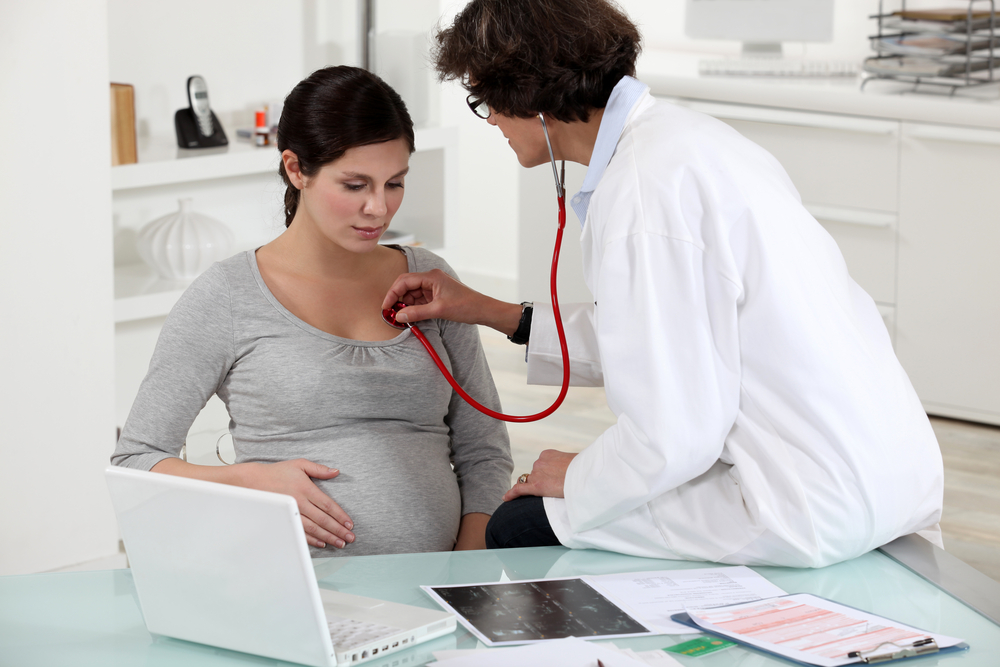Use of Induced Labor Questioned by Dutch Researchers

When a pregnant woman's water breaks early, the best strategy may be to wait for her to enter labor naturally rather than use drugs to induce labor, a new study from the Netherlands suggests.
The finding runs contrary to the current U.S. guidelines recommending that labor be induced, to reduce the risk of infection to the fetus once the protective barrier of the membrane holding the amniotic fluid is gone.
In the new study, babies born after induced labor to women who were close to full-term showed no significantly lower rate of infection than babies born to women who underwent "expectant management," meaning doctors monitored them closely until labor began on its own.
According to the study, 4.1 percent of the babies born to women after the watch-and-see approach developed infections, compared with 2.6 percent of those born after induced labor – a difference that was small enough to be due to random chance, the researchers said.
Moreover, babies born after induced labor stayed in the hospital about a day and half longer, on average, than were babies born to women under the wait-and-see approach, and were more often admitted to the neonatal intensive care unit. They also were more likely to have conditions such as hypoglycemia (low blood sugar) and jaundice.
Those findings are unlikely to change practice in the United States, experts here said.
"The study doesn't demonstrate a benefit of doing expectant management over inducing labor," said Dr. Brian Mercer, a professor at Case Western Reserve University and chairman of Obstetrics and Gynecology at Metrohealth Medical Center in Cleveland.
Get the world’s most fascinating discoveries delivered straight to your inbox.
In the study, researchers at Maastricht University and other institutions looked at 536 women whose water had broken before they reached full term, and before they began experiencing any contractions. All of the women were between 34 and 37 weeks pregnant. (Women are considered full term once they reach 37 weeks.) Half of the women were randomly assigned to have their labor induced; the other half were subjected to expectant management.
Mercer noted that the study confirmed that most babies born between 34 and 37 weeks of gestation are relatively healthy. As for the slightly higher rates of hypoglycemia and jaundice seen in the babies whose mothers were induced, both of those conditions are easily treated, he said.
Dr. Eric Knudtson, assistant professor of maternal fetal medicine at the University of Oklahoma College of Medicine, said, "I think the article actually supports how we do things now."
Knudtson found some issues with the study's design. For instance, he said, there weren't enough patients to truly detect whether the difference in the infection rate was insignificant and due to chance.
Labor can be quicker and less painful when it begins spontaneously, and some women probably prefer not to be induced, but there isn't a benefit to waiting, Knudtson added. The rates of eventually needing a Cesarean section were the same for both groups in the study, he said, and the higher rate of infection among those who waited, though found to be statistically insignificant, was still "concerning."
Pass it on: A Netherlands study contradicts the U.S. recommendation that labor be induced after a pregnant woman's early water break.
This story was provided by MyHealthNewsDaily, a sister site to LiveScience. Follow MyHealthNewsDaily on Twitter @MyHealth_MHND. Find us on Facebook.

